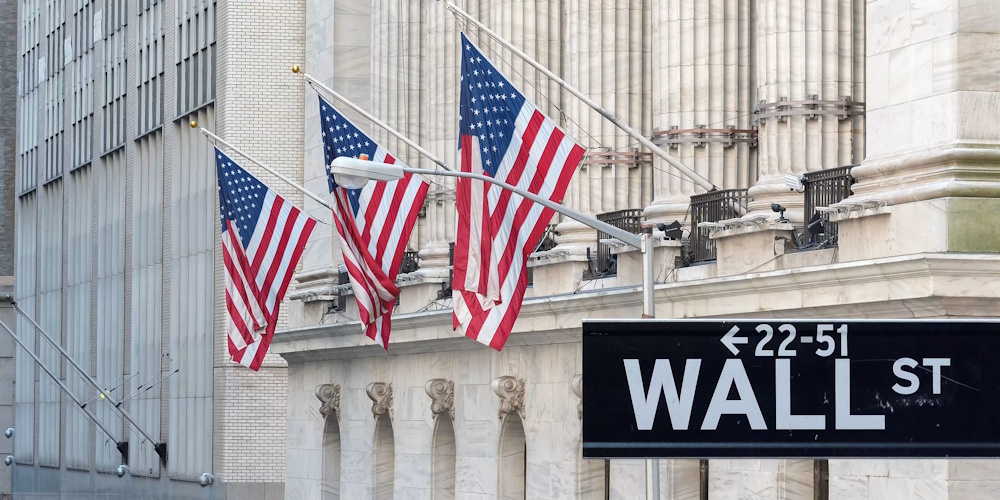
The stock market is disregarding concerns regarding a softening labor market and persistent inflation, instead welcoming a highly anticipated interest rate reduction. Analysts suggest that the current optimism has potential for further growth; however, stocks may face challenges if concerns regarding an economic slowdown and persistently high prices start to impact consumer spending or corporate earnings.
Last week, the Dow, S&P 500, and Nasdaq achieved consecutive record highs following the Federal Reserve’s initial rate cut since December. The S&P 500 has experienced a 13% increase this year, navigating through tariff uncertainties and apprehensions regarding the Trump administration’s influence on the Federal Reserve’s autonomy. Investors perceive additional potential for stock growth, even as the economy exhibits indications of weakness. As the Fed navigates a complex landscape, investors are optimistic about the potential for a rate-cutting cycle, despite warnings from experts that the market may be increasingly disconnected from economic fundamentals. While apprehensions regarding the rise of a “K-shaped economy” are increasing, the stock market continues its upward trajectory, driven by corporate America consistently surpassing Wall Street’s profit forecasts.
Approximately 81% of firms within the S&P 500 exceeded Wall Street’s expectations for second quarter earnings-per-share results. “Until there is evidence of a real hit to corporate profits, stocks will continue to grind higher,” stated Larry White. The market is “downplaying the risk” regarding the fractures in the economy, he added. “Everyone I know is worried, but we’re not the markets,” White stated. “The markets are evidently displaying a sense of optimism.” Interest rate reductions can decrease savings rates and borrowing expenses, promoting expenditure and investment, stimulating business operations, and generating a lasting advantage for equities. The Fed’s dot plot, which reflects the committee members’ projections for future rates, indicated expectations for two additional rate cuts this year, aligning with Wall Street’s forecasts. “The stock market bonanza shows no signs of fatigue after the Fed decision was accompanied by predictions of … more cuts by Christmas,” stated José Torres.
The Russell 2000, which tracks smaller companies that exhibit heightened sensitivity to interest rates, achieved its first record high since 2021 on Thursday. The Russell has experienced a remarkable increase of 40% since its low in April, marking the onset of a new bull market as small businesses exhibit a positive outlook regarding reduced interest rates. Seema Shah, stated that the outlook for stocks continues to be positive. “This is a decent backdrop for equities,” Shah stated. “It’s not boom times, but ultimately, what we heard from the Fed is, ‘Fine, the economy is slowing.” There are several emerging concerns regarding the labor market; however, there is no significant cause for alarm.
“There’s some comfort and confidence that they can arrest the (labor market) slowdown before it gets away from them,” Shah added. “The Fed’s cuts provide a slight boost to the (stock) market.” Since 1980, when the Fed has reduced rates while the S&P 500 is positioned near all-time highs, the index has experienced an increase over the subsequent 12 months approximately 90% of the time, based on research. “Corporate profits remain the guiding principle for the market and will be essential to observe,” Lerner stated. “Currently, the bull market maintains its position of trust.” As equities continue their upward trajectory, a sense of uncertainty remains ever-present. On Wednesday, Federal Reserve Chair Jerome Powell reinforced the perception of a cohesive and data-driven Federal Reserve, instilling a sense of confidence among investors. Powell emphasized worries regarding persistent inflation and stated that there is “no risk-free path” ahead for the central bank. On Wednesday, Bank of America revised its outlook for the profitability growth of the S&P 500 for this year. Nevertheless, analysts pointed out the risks associated with the effects of tariffs on inflation and the possibility of a decline in consumer spending should the labor market weaken further.
According to Savita Subramanian, companies have managed to handle Trump’s tariffs “without significant margin degradation so far, but the full impact may be yet to come,” as stated in a note. Despite the significant uncertainty surrounding the economic outlook, equities are currently priced at historically high valuations. According to most recent survey, an unprecedented 58% of participants indicated that global stock markets are “overvalued.” David Kelly stated that “There is a disconnect between the market and the economy. We’re certainly overdue for a bit of a pullback. I believe the rally may persist until the economy encounters a significant shock, but it’s crucial for individuals to remain cautious regarding valuations,” Kelly stated. “While predicting the exact moment this significant bull market will shift is challenging, I believe it is crucial for investors to consider rebalancing their portfolios at this stage.”

